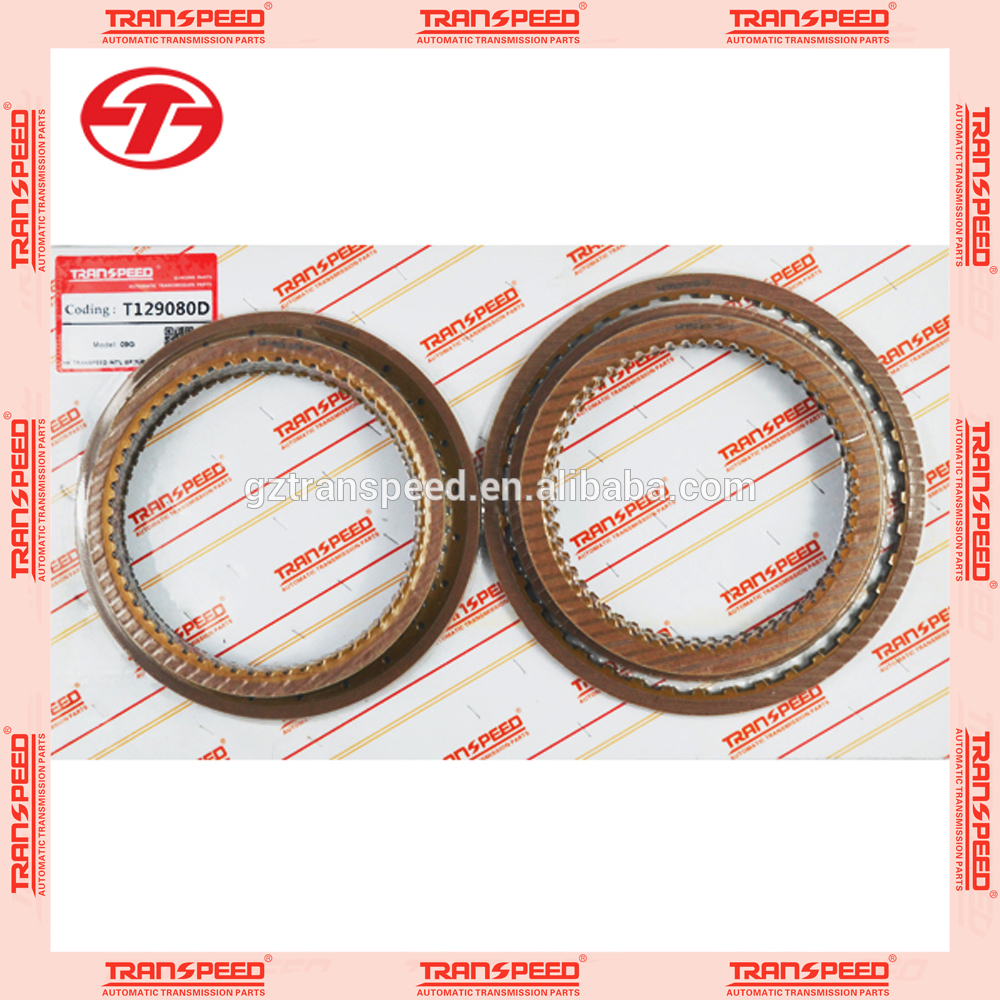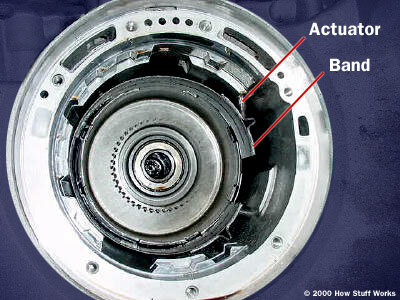Mar 10, 2021 A faulty torque converter is a very common part that can cause a slipping transmission. The torque converter is the part that is working as a clutch in automatic transmissions. It is filled with transmission fluid, and it is using the fluid to convert power from the engine to torque to the wheels. An automatic transmission contains several clutches. These clutches engage and disengage various sets of planetary gears. Each clutch is put into motion using pressurized hydraulic fluid. When the pressure drops, springs cause the clutch to release.

Clutches in an automatic transmission control the activation of planetary gear sets. These are made up of several discs, alternating between metal and fiber inside of a metal container. When these clutches fail, the transmission cannot operate properly. Signs of Clutch Problems. Automatic Transmission Clutch Kit (F1FZ 7B546-B) by Genuine®. If your transmission is in need of repair, don’t compromise the performance and safety of your car with suspect, off-brand replacement parts from the local auto parts chain. Designed to restore your vehicle’s transmission Genuine OE replacement parts from the OE manufacturer. The GearWrench Automatic Transmission Clutch-Spring Compressor is designed to work on most GM, Fort, Toyota transmissions. Set allows you to remove and install snap rings with ease. Allows the diy mechanic to easily disassemble and replace automatic transmission clutch packs.

Automatic Transmission Clutch Press

Automatic Transmission Clutch Problems
- Fiber friction plates & Steel seperator plates
- External splined-hub
- transmission clutch pack
- rubber lip-seal
- lip-seal & piston
The explanation or function of an automatic transmission clutch pack is much the same in every automatic transmission. The post is a courtesy of GotTransmissions.com
An automatic transmission clutch pack consists of multiple alternating disks that fit inside a metal clutch drum (Hard Part). Half of the disks are steel and have splines that fit into groves on the inside of the drum. The other half have a fiber friction material (Soft Parts) bonded to their surface and have splines on the inside edge that fit groves on the outer surface of the adjoining hub.
There is a piston inside the drum that is activated by automatic transmission fluid pressure provided by the transmission pump that applies fluid ( hydraulic) pressure (80 to 150 PSI) at the appropriate time to squeeze the clutch pack together so that the two components become locked and turn as one. Rubber lip seals seal the piston to the drum and return springs push the fluid out of the drum when it is no longer in use to release the clutch plates.
Automatic transmissions come with multiple clutch packs. Meaning that there may be one clutch pack per speed or shift. Automatic transmissions use bands also to make certain gear ranges, bands are less popular now due to technological advances. However, we will discuss them too in the future.
A clutch plate is a soft part. It has a thin metal plate that has a fibrous material bonded to it. The fiber is about .030 to .050 thick and is made of a material that is environmentally friendly and enjoys being soaked in ATF all the time. We call these wet clutch packs.
The last thing to mention about fiber clutch plates is that they are very allergic to water or antifreeze. Should you develop a radiator problem where the coolant gets into the transmission, or perhaps your area was flooded and water entered the transmission through the vent hole, get the fluid changed and flushed ASAP or sooner. Any type of liquid such as water or coolant is death to a tranny, especially an older one.
Because automatic transmissions use soft parts, maintenance becomes more important to your ride. The additives in the ATF break down with time, even if you don’t drive a lot. The bottom line is it takes less time out of your life to have your transmission serviced regularly and much less money. A transmission failure may tie up your cat for a week and cost thousands of bucks.
Take our advise on maintenance. That is why GotTranmsission.com writes this Blog. To help prevent transmission problems and provide an education on how to stay away from unnecessary problems..

